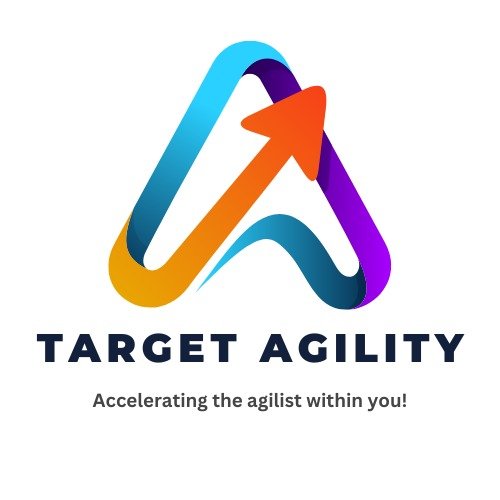Agile methods have changed how teams work, making projects more flexible and efficient. Among the many Agile frameworks, Scrum and Kanban stand out as the most popular. Recent data shows that 87% of organizations use Scrum, while 56% use Kanban to improve workflow and efficiency. These two methods play a major role in modern business success.
Why Scrum is the Most Popular
Scrum is widely used because it provides a structured yet adaptable way to manage projects. It helps teams develop and deliver products effectively using short work cycles called sprints, usually lasting two to four weeks. Here’s why Scrum is so effective:
- Step-by-Step Progress: Scrum focuses on making small improvements over time, helping teams adjust as needed.
- Clear Roles: Each team member has a defined role, making collaboration smooth.
- Regular Check-ins: Daily meetings help teams stay on track and solve problems quickly.
- Customer Involvement: Frequent updates allow for quick feedback, ensuring the product meets expectations.
Scrum works best for teams handling complex projects with changing needs, such as software development and marketing.
Why Kanban is Gaining Popularity
Kanban focuses on improving workflow and efficiency. Unlike Scrum, which works in set sprints, Kanban allows for continuous work without fixed deadlines. It’s especially useful for teams handling ongoing tasks like customer support and IT services. Key features include:
- Visual Workflows: Kanban boards display tasks in different stages, making it easy to track progress.
- Flexible Scheduling: Teams can take on tasks as needed instead of waiting for a sprint.
- Work Limits: By restricting the number of tasks in progress, Kanban prevents overload.
- Constant Delivery: Work moves forward at its own pace, without waiting for set deadlines.
Kanban is ideal for teams needing flexibility and a steady workflow.
Scrum vs. Kanban: Which One to Choose?
While both methods aim to improve productivity, choosing between Scrum and Kanban depends on your team’s needs:
- Scrum works well for structured projects with evolving requirements, such as product development and software engineering.
- Kanban is better for teams needing a continuous, flexible workflow, like customer service and IT operations.
Some teams use a mix of both, called Scrumban, to get the best of both worlds.
The Future of Agile: Scrum and Kanban Leading the Way
As businesses become more Agile, Scrum and Kanban will continue to be key players. Companies use these methods to work faster, collaborate better, and improve efficiency. While Scrum remains the most used, Kanban’s flexibility makes it increasingly popular.
No matter which method a team chooses, the goal is always the same: continuous improvement and adaptability. Using Scrum, Kanban, or a mix of both helps businesses stay competitive in today’s fast-changing world.












